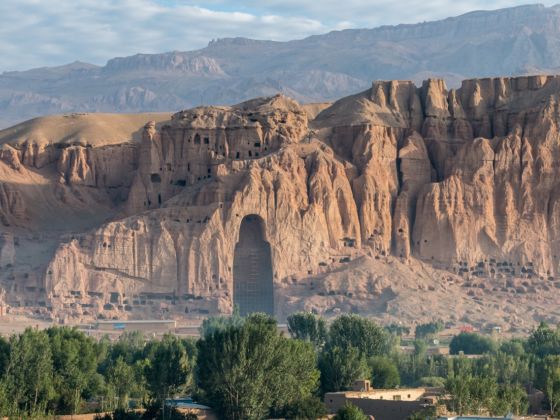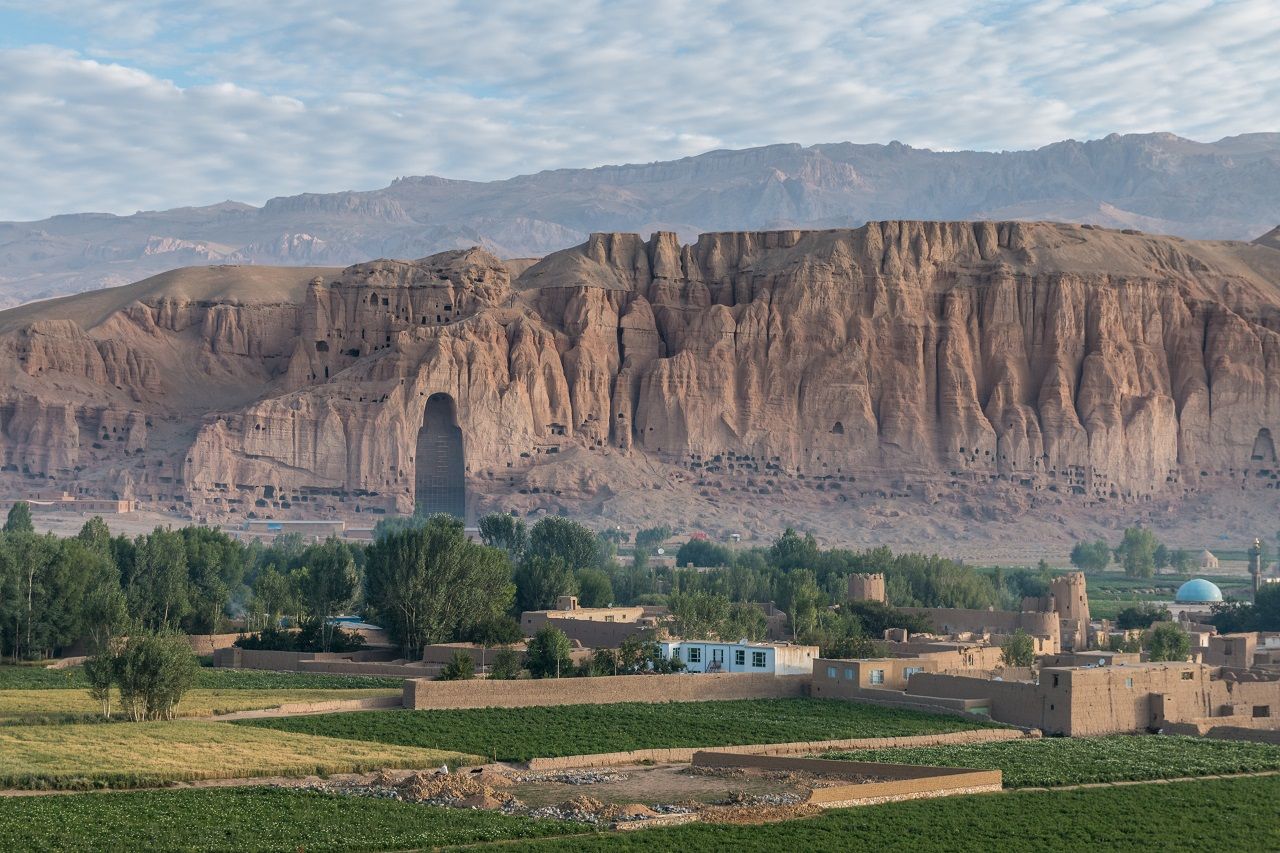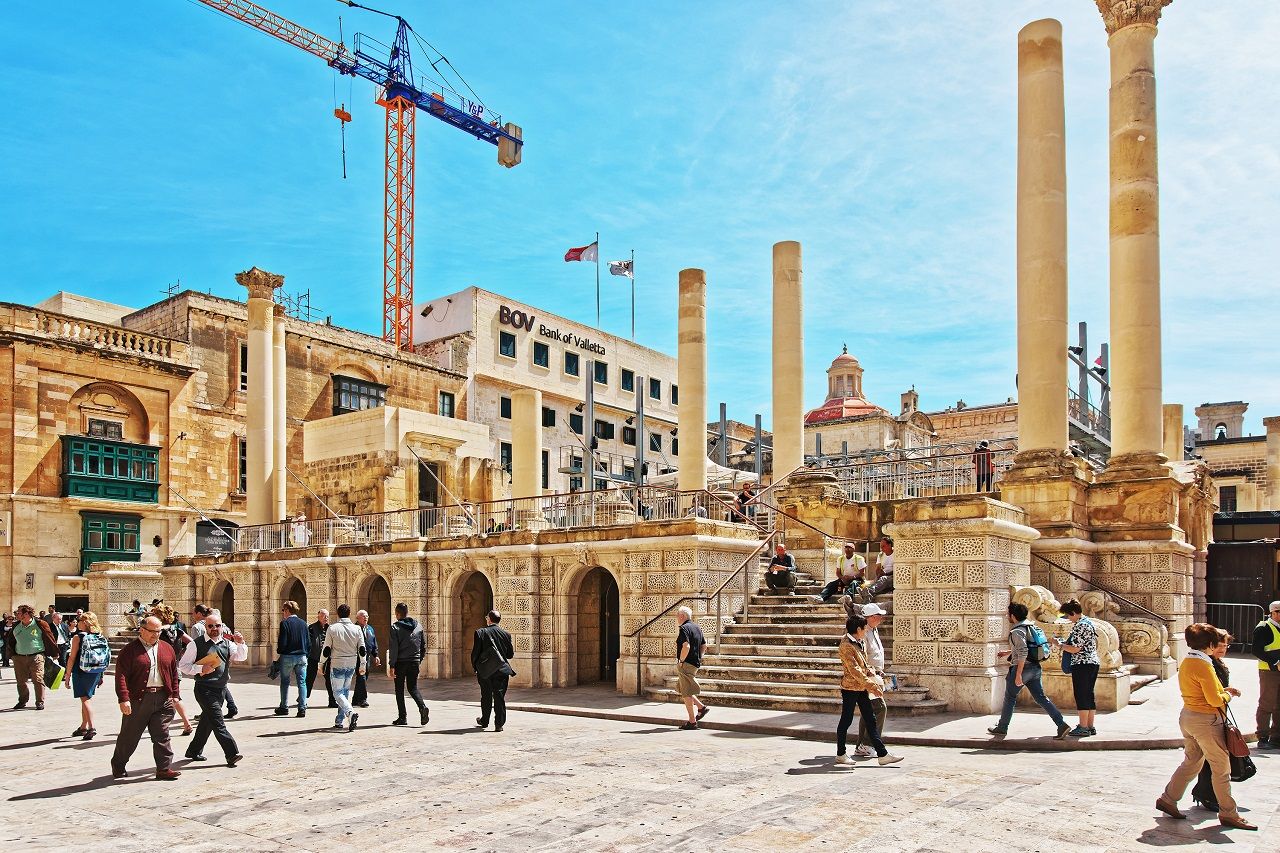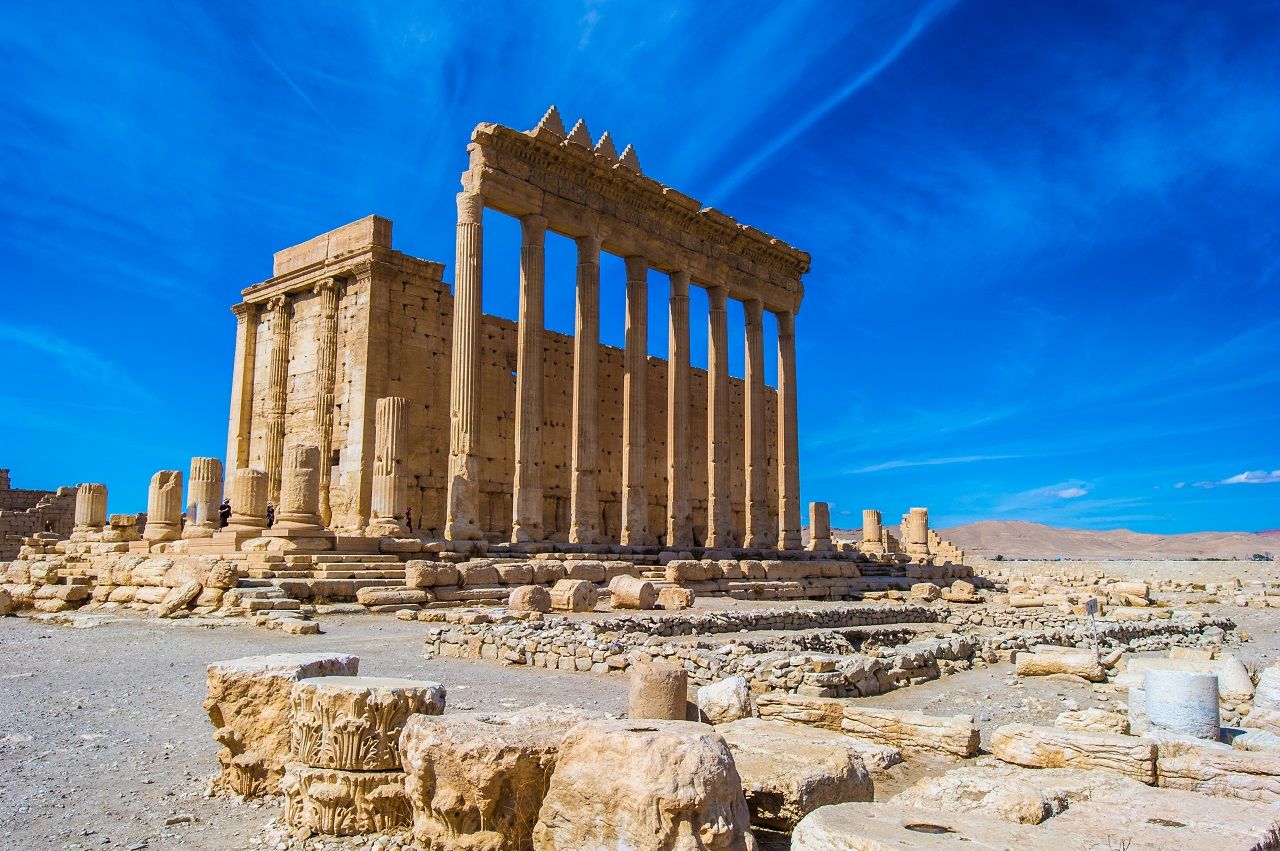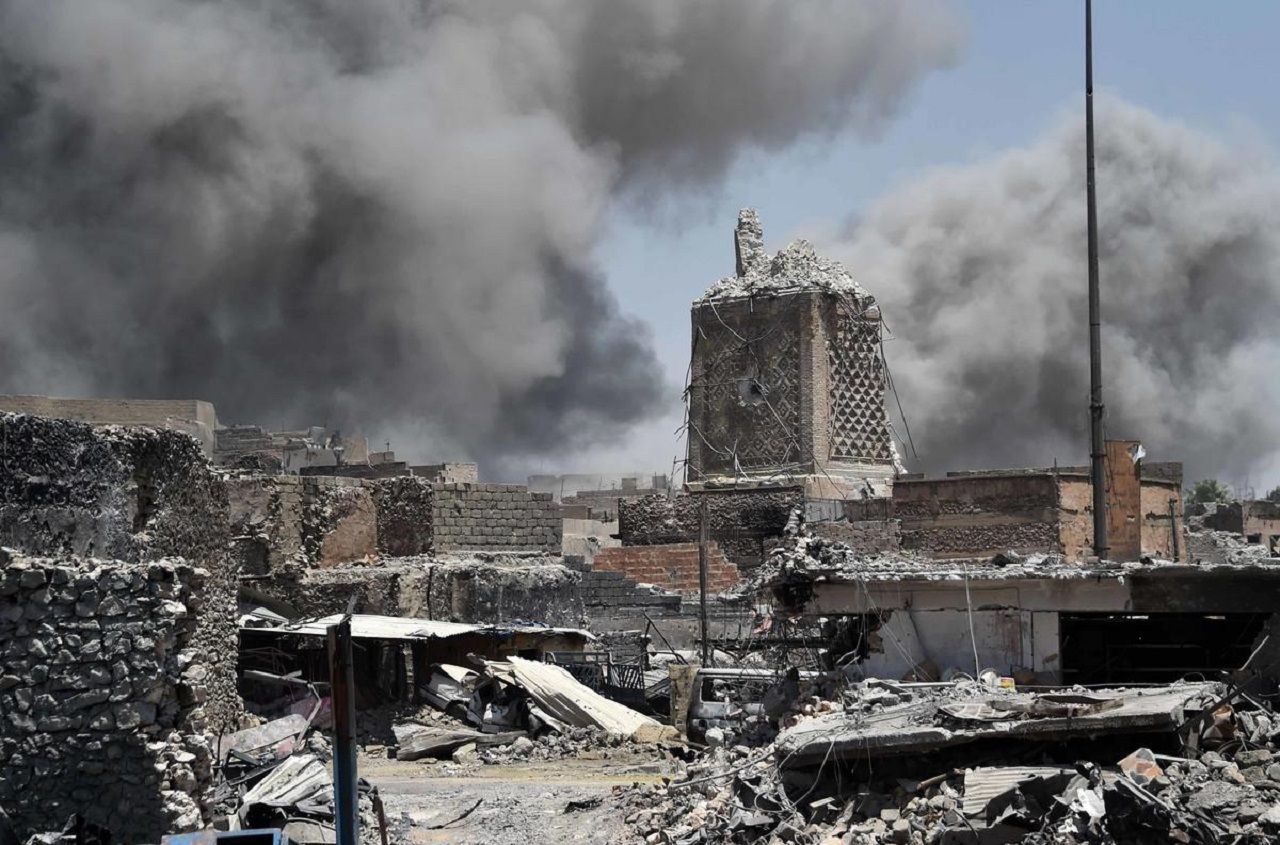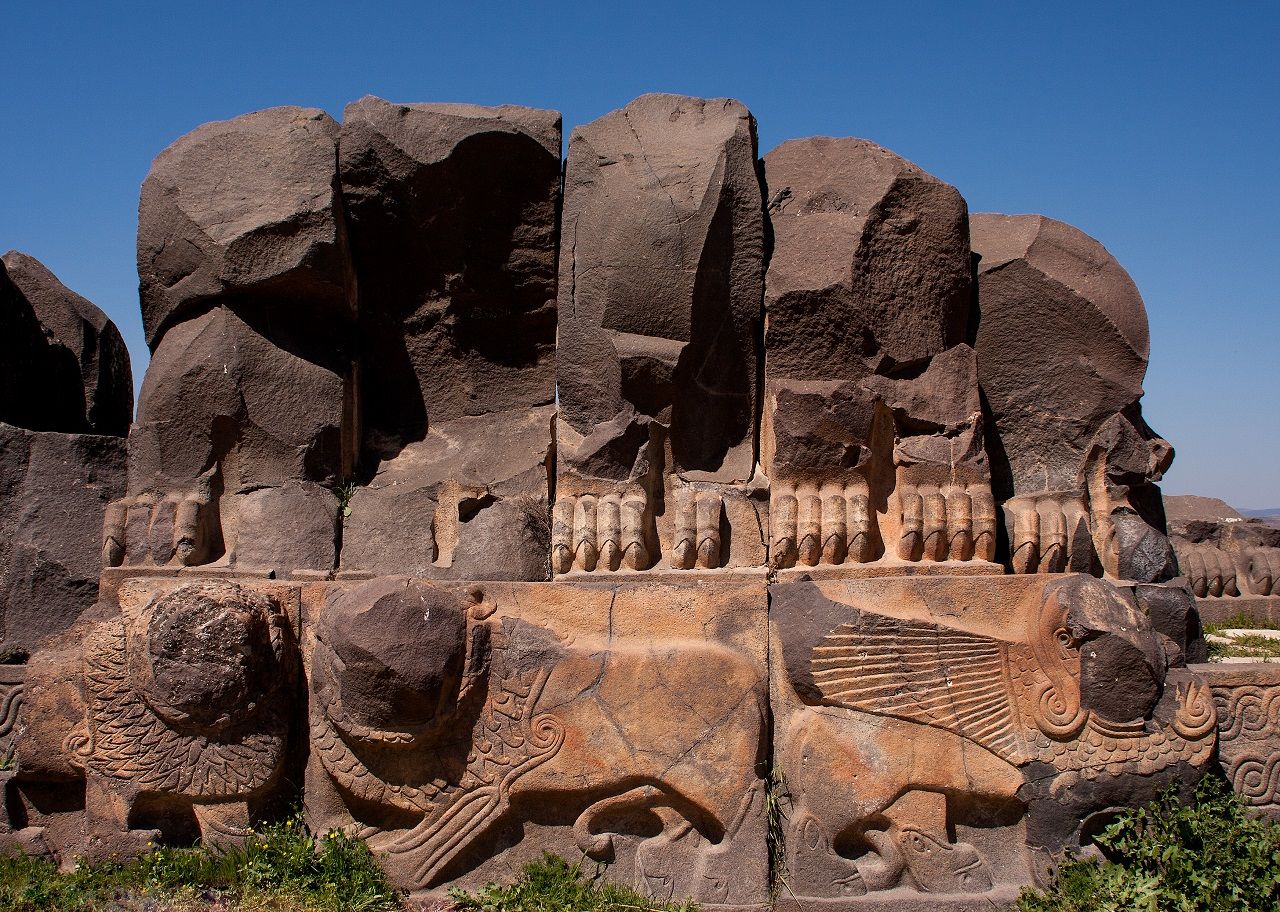Soldiers killed in combat. Civilians targeted by airstrikes. Whole communities uprooted and forced to abandon their homes. War has an obvious, and deeply harrowing, human cost.
But it also erodes our culture. Within the past century alone, conflicts have led to the destruction of historic monuments and buildings across much of the world. The Middle East may have borne the brunt of this assault in recent years, but wars in Asia and Europe have also been hugely damaging to our cultural heritage.
Whether blown up, torn down, or bulldozed into the earth, the seven historic treasures detailed here all became casualties of war, never to be seen in their original form again.
